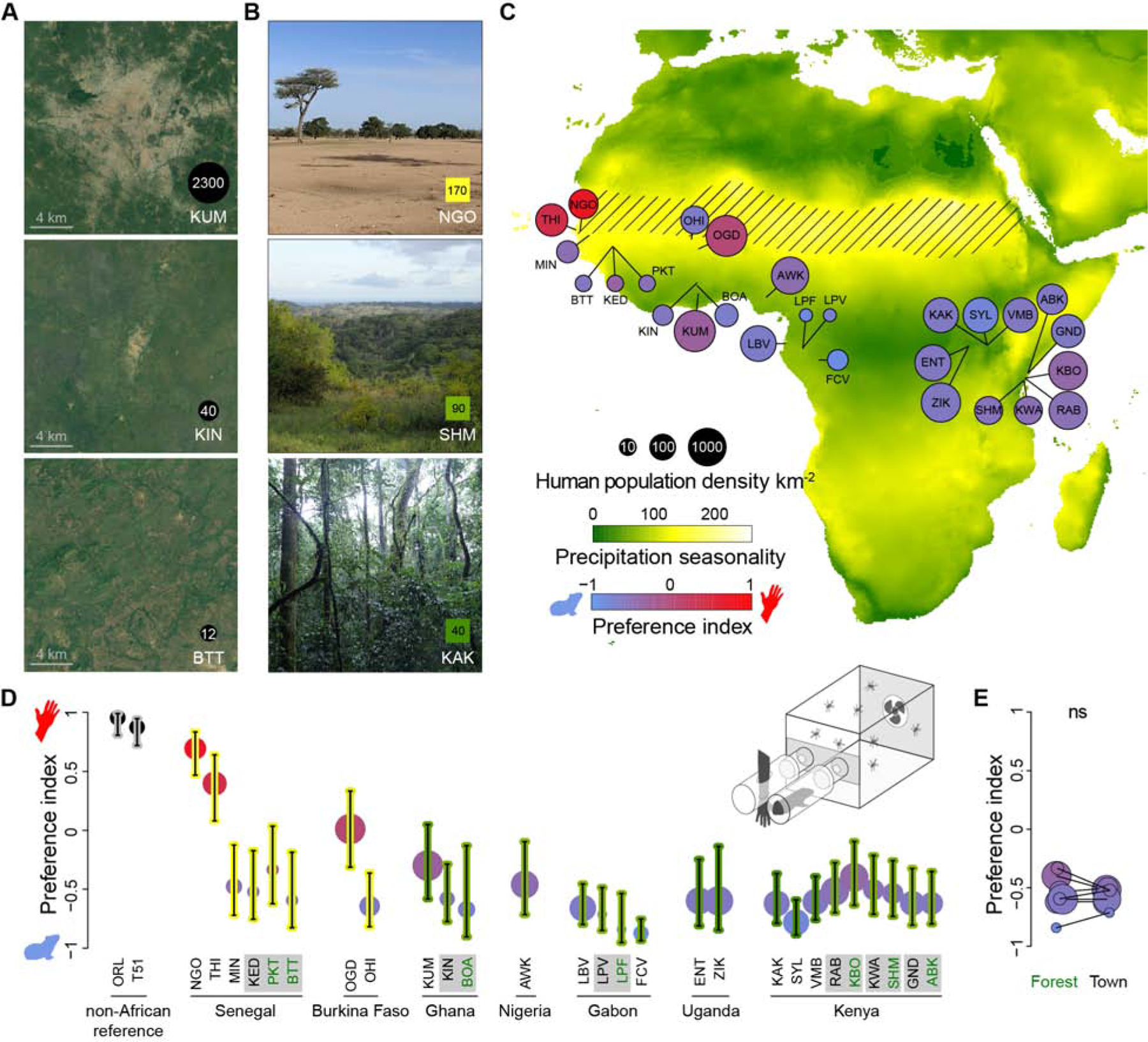Figure 1. Preference for human odor varies widely in Aedes aegypti mosquitoes across Africa.

(A-B) Satellite images or photographs of mosquito collection localities with different human population densities (A) or levels of precipitation seasonality (B). Satellite images are from Google Earth, copyright Maxar Technologies and CNES/Airbus. (C) Map of collection localities. Diagonal hatched lines mark the Sahel ecoclimatic zone. Table S1 has full location names. (D) Host preference measured in a two-port olfactometer (inset) for all African localities plus a reference colony from Thailand (T51) and a lab colony most likely to have originated in the United States (ORL) (n=3–14 trials with 25–110 females per trial; details in Table S2). Bars indicate 95% confidence intervals. Circle sizes and bar colors show population density and precipitation seasonality, respectively, as in (C). Grey boxes around location names highlight adjacent forest-town pairs (forest in green text). (E) Females from adjacent forest and town habitats did not differ in preference (linear model P>0.05, ns=not significant). See also Figure S1A–F.
